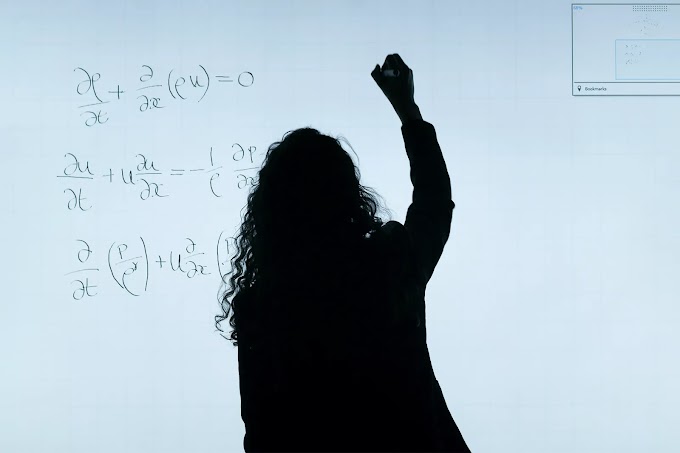-Jyoti Ranjan Biswal
You will be surprised to know that a lot of scientific knowledge was evolved in ancient India, so many years ago. During this period Science and Mathematics were highly developed and Ancient Indians had contributed immensely. Ayurveda is the indigenous system of medicine that was developed in the Ancient Period. Even the science of Yoga was also developed as an allied science of Ayurveda. Here we will see the contributions of some scientists of ancient India.
1. Aryabhatta
He was a fifth century mathematician, astronomer, astrologer and physicist. At the age of 23, he wrote Aryabhattiya which is a summary of mathematics of his time. First time he had calculated the value of pi at 3.1416 .
He showed that zero was not a numeral only but also a symbol and a concept. In fact the discovery of zero enabled Aryabhatta to find out the exact distance between the earth and the moon. And zero discoveries opened a new dimension of negative numerals. He also gave a scientific explanation for solar and lunar eclipse clarifying that the eclipse were not because of Rahu and/or Ketu or some other rakshasa (demon).
In ancient India, the science of astronomy was well advanced. It was called Khagolshastra. Khagol was the famous astronomical observatory at Nalanda, where Aryabhatta studied. The aim behind the development of the science of astronomy was the need to have accurate calendars, a better understanding of climate and rainfall patterns for timely sowing and choice of crops, fixing the dates of seasons and festivals, navigation, calculation of time and casting of horoscopes for use in astrology. Knowledge of astronomy, particularly knowledge of the tides and the stars, was of great importance in trade, because of the requirement of crossing the oceans and deserts during night time. He also disregarded the popular view that our planet earth is ‘Achala’ i.e., immovable; Aryabhatta stated its theory that ‘earth is round and rotates on its axis’.
He also explained that the appearance of the sun moving from east to west is false by giving examples. Like when a person travels in a boat, the trees on the shore appear to move in the opposite direction.
2. Varahamihira
Varahamihira was another well-known scientist of the ancient period in India. He lived in the Gupta period. He had made great contributions in the fields of hydrology, geology, maths and ecology.
First scientist to claim that termites and plants could be the indicators of the presence of underground water. He gave a list of six animals and thirty plants, which could indicate the presence of water. Infact, he had given important information about termites (insects that destroy woods) is that they go very deep to the surface of water level to bring water to keep their houses wet. Another theory, which has attracted the world of science is the earthquake cloud theory given by Varahmihira in his Brihat Samhita.
In the history of science, he was the first to claim that some “force” might be keeping bodies stuck to the round earth. And now it is known as gravity. He also proposed that the Moon and planets are lustrous not because of their own light but due to sunlight. His mathematical work included the discovery of trigonometric formulas.
3. Susruta
Susruta was a pioneer in the field of surgery. He studied human anatomy with the help of a dead body. In Susruta Samhita, over 1100 diseases are mentioned including fevers of twenty-six kinds, jaundice of eight kinds and urinary complaints of twenty kinds.
In Susruta Samhita, the method of selecting and preserving a dead body for the purpose of its detailed study has also been described. Susruta’s greatest contribution was in the fields of Rhinoplasty (plastic surgery) and Ophthalmic surgery (removal of cataracts).
In those days, cutting off nose and/or ears was a common punishment. Restoration of these or limbs lost in wars was a great blessing. In Susruta Samhita, there is a very accurate step-by-step description of these operations. Susruta Samhita also gives a description of 101 instruments used in surgery. Some serious operations performed included taking foetus out of the womb, repairing the damaged rectum, removing stone from the bladder, etc.
He was the first person who talked about the digestion, metabolism and immunity. He also knew the fundamentals of genetics. In Charak Samhita, more stress has been laid on removing the cause of disease rather than simply treating the illness.
5. Kanada
References:
- https://www.jagranjosh.com/general-knowledge/5-scientists-from-ancient-india-1478174291-1
- www.nios.ac.in/media/documents/SecICHCour/English/CH.15.
- https://www.robolab.in/biography-of-aryabhatta-scientist-476-550/
- https://www.freepressjournal.in/latest-news/varahamihira-the-ancient-astrologer-astronomer-and-mathematician
- https://www.rarebooksocietyofindia.org/postDetail.php?id=196174216674_10155626300486675
- http://www.tnmgc.com/gomu.php?menu=3&id=193
- https://alchemist.fandom.com/wiki/Kanada
- Jeaneane D. Fowler (2002). Perspectives of Reality: An Introduction to the Philosophy of Hinduism. Sussex Academic Press. ISBN 978-1-898723-93-6.
- H. Margenau (2012). Physics and Philosophy: Selected Essays. Springer Science. ISBN 978-94-009-9845-2.

